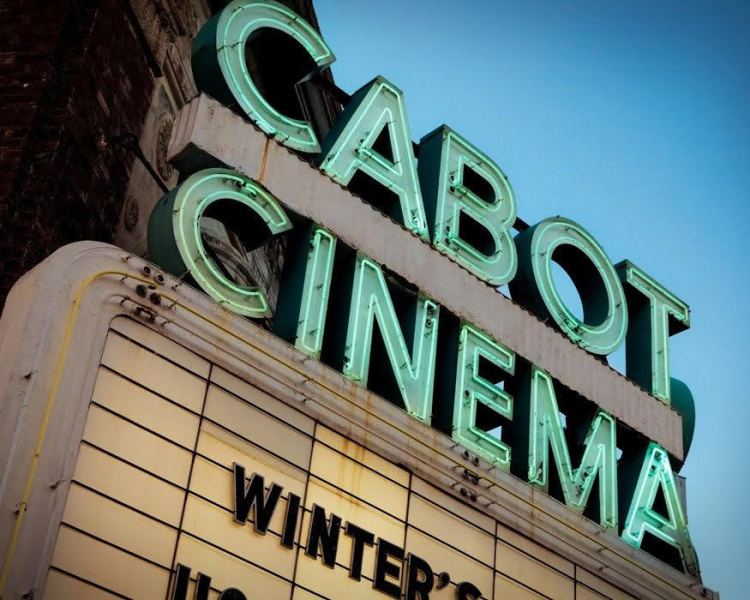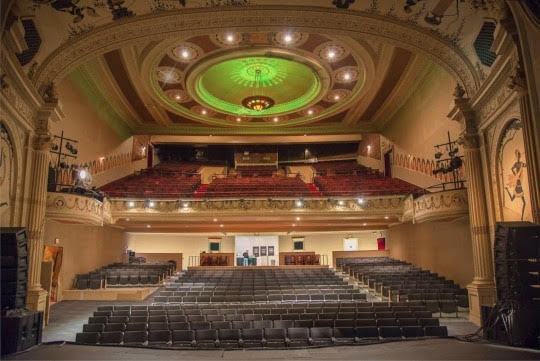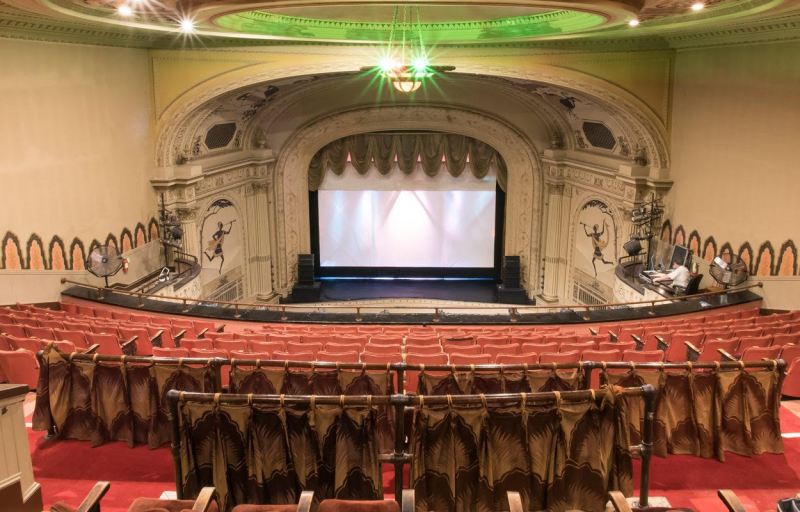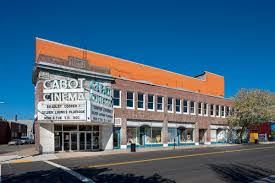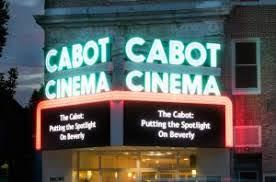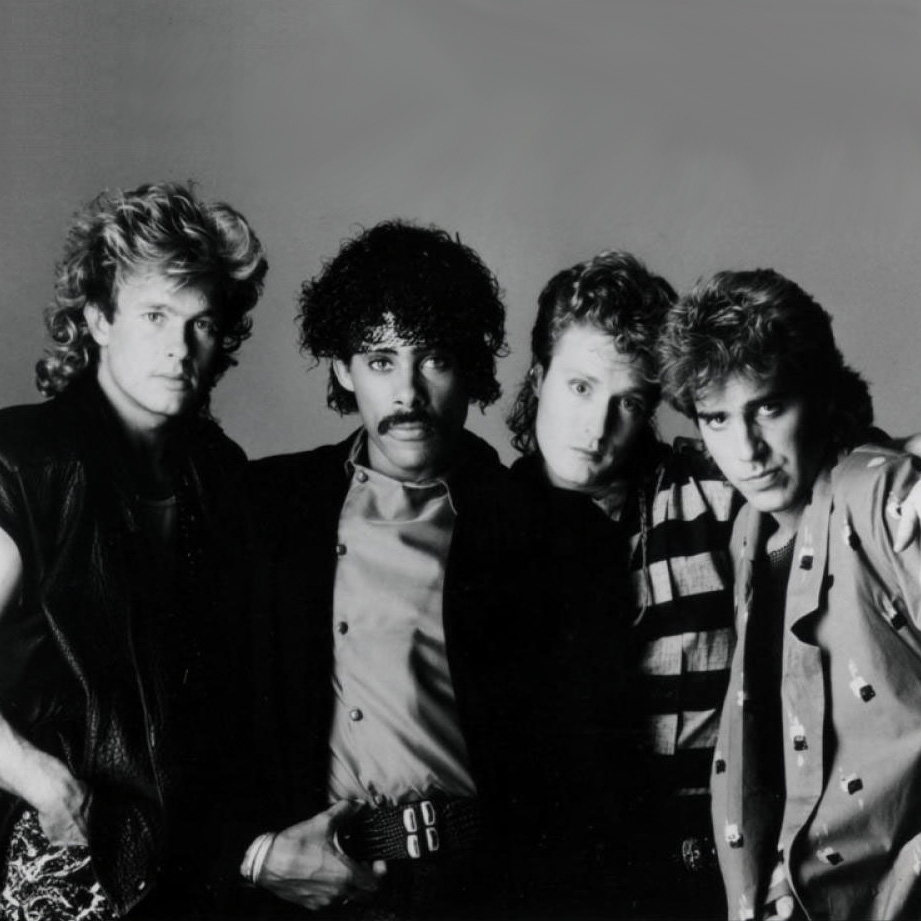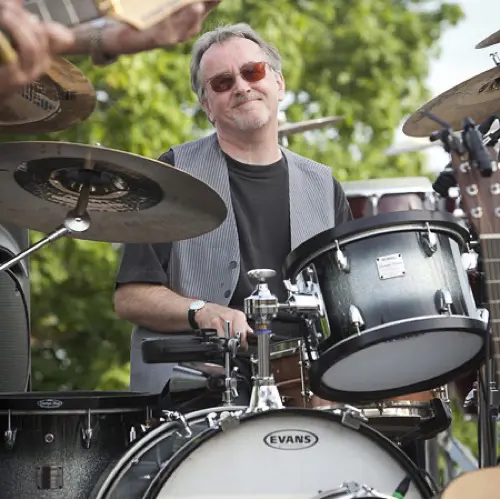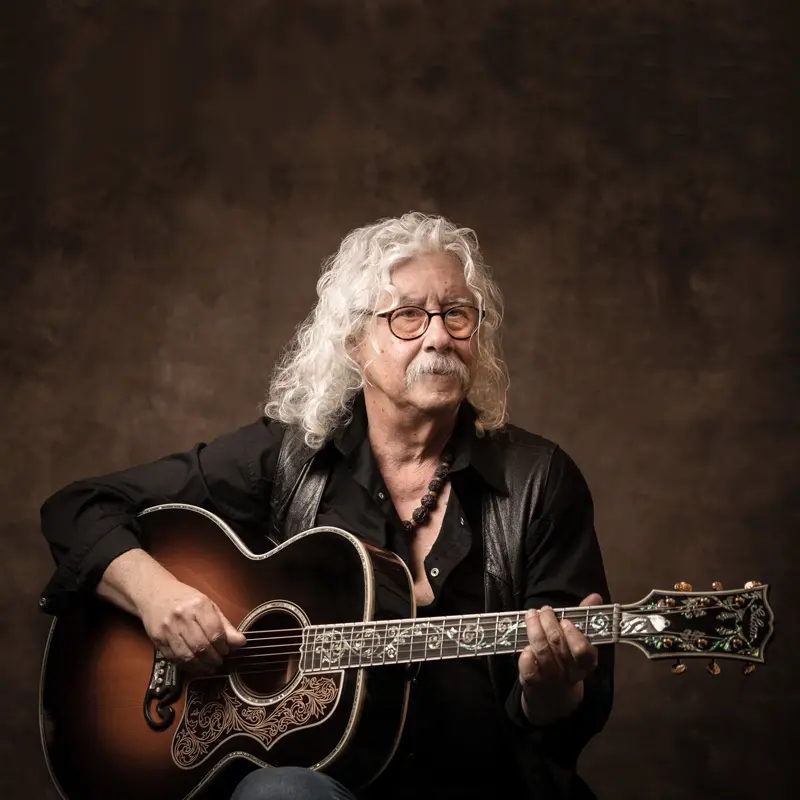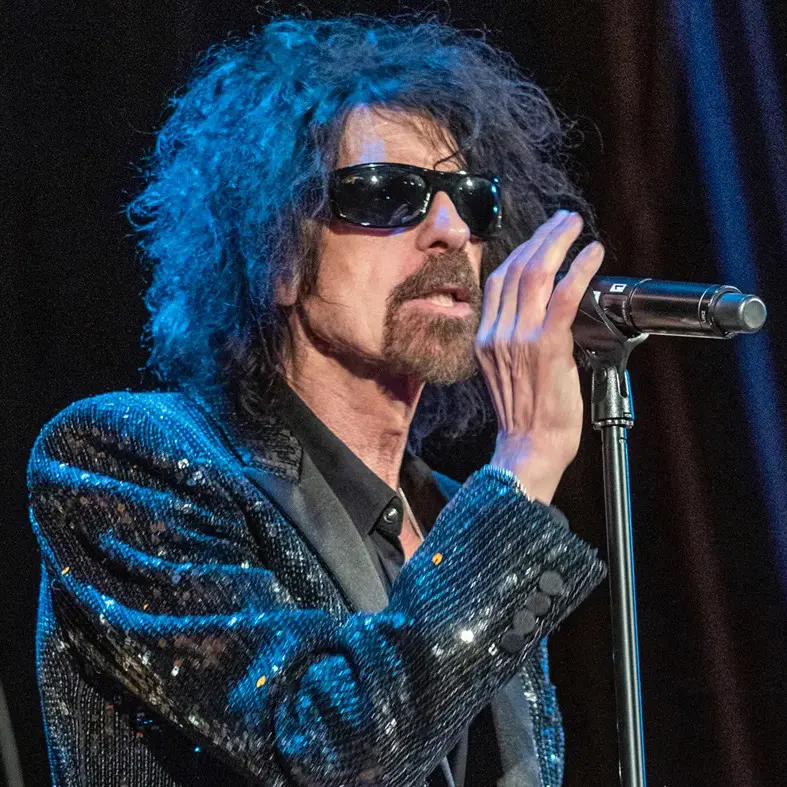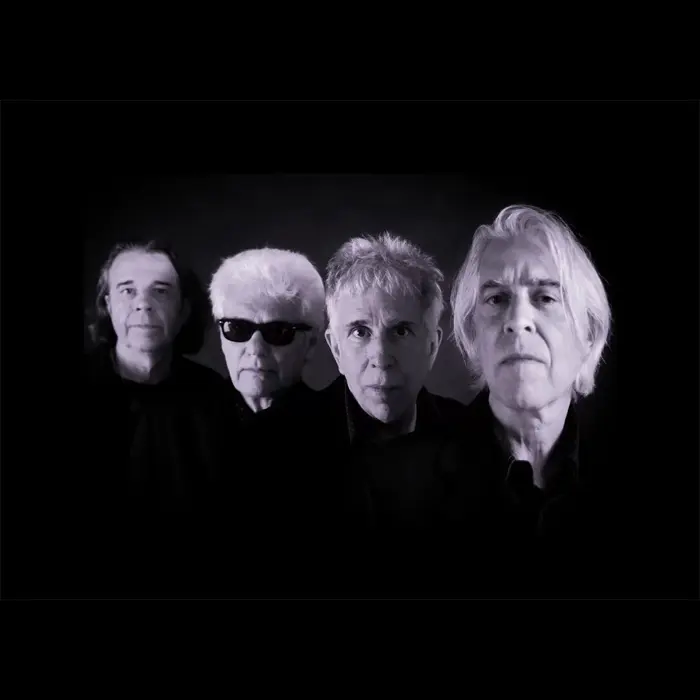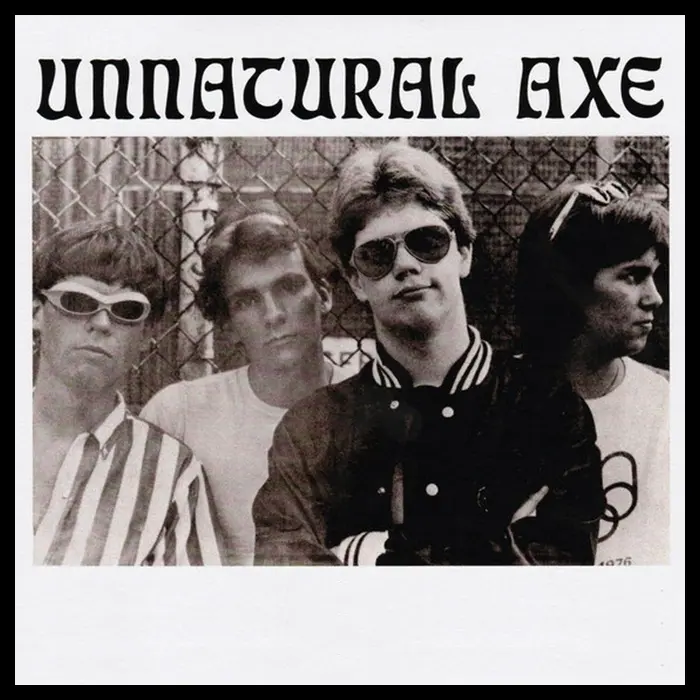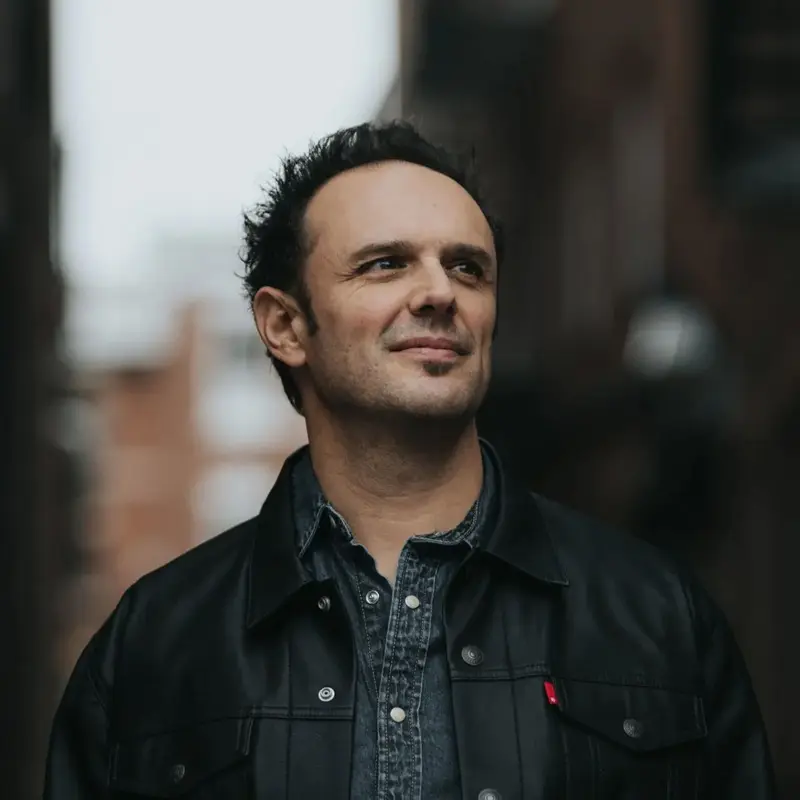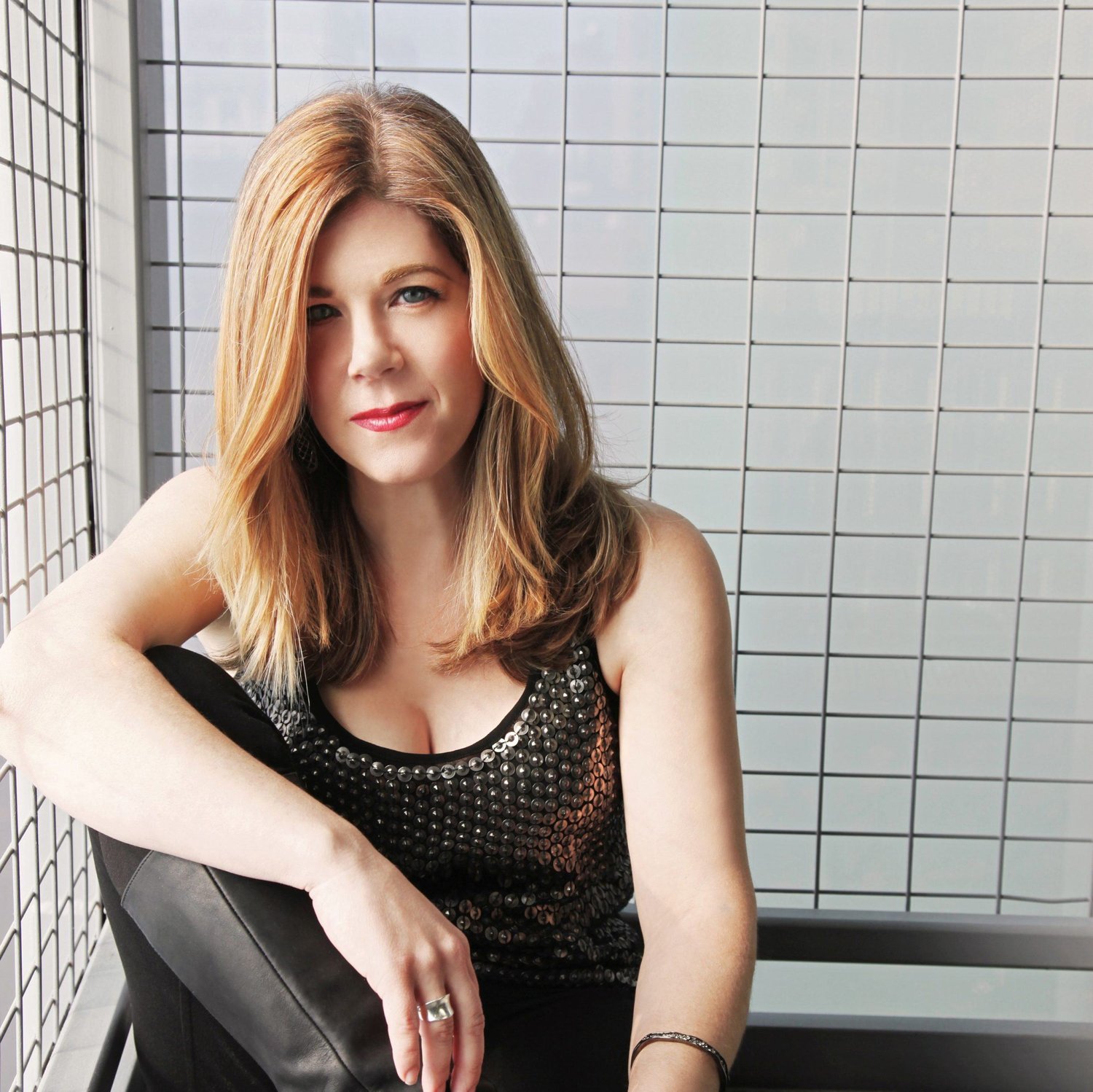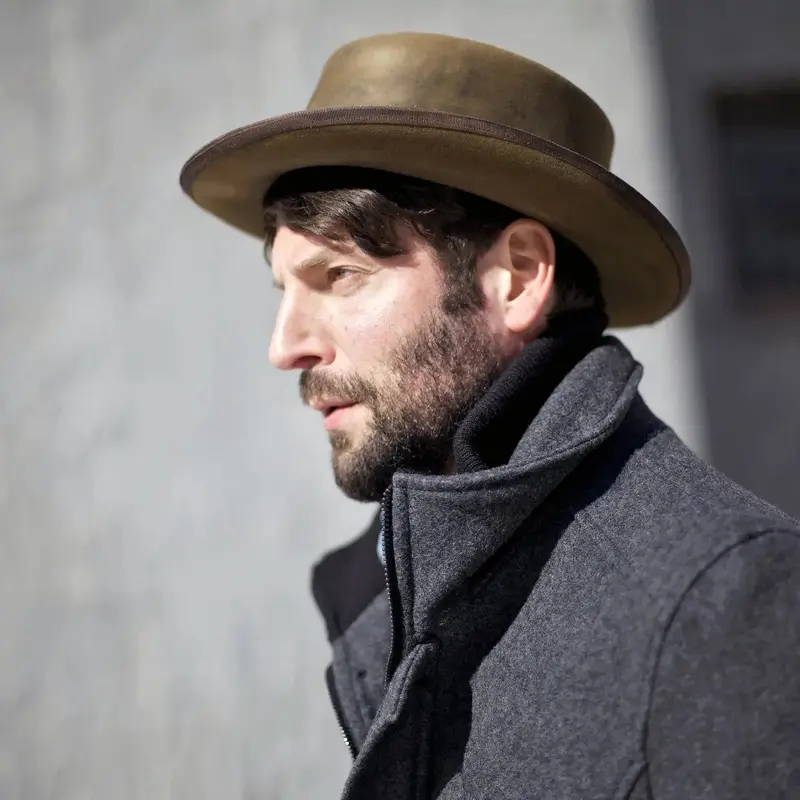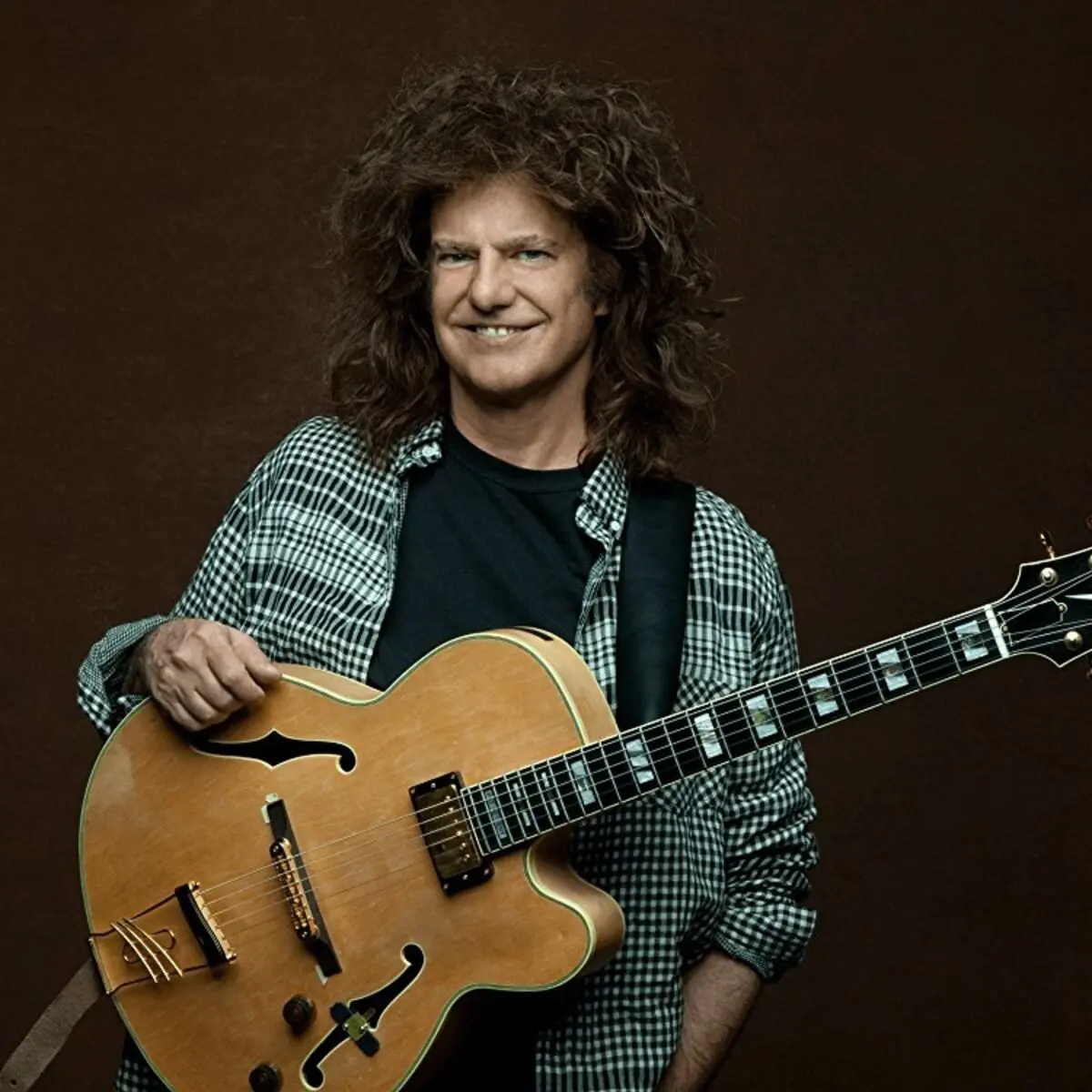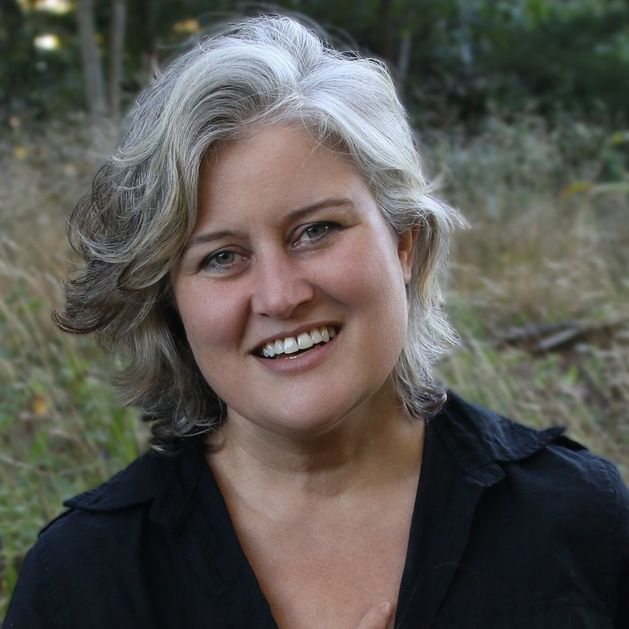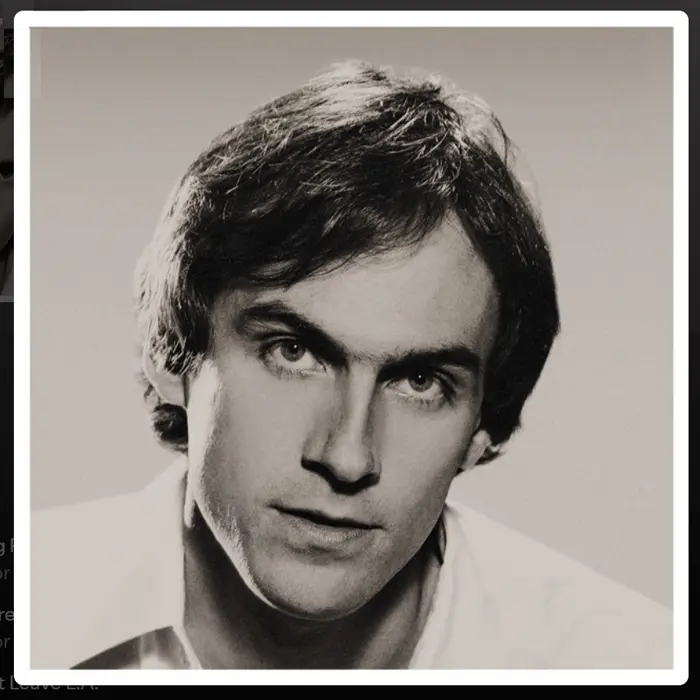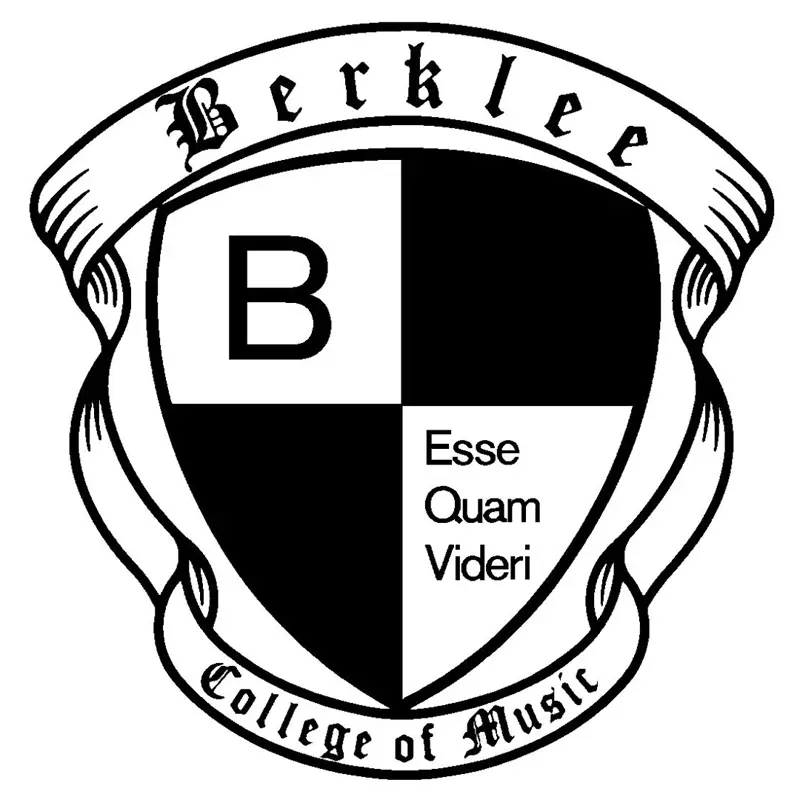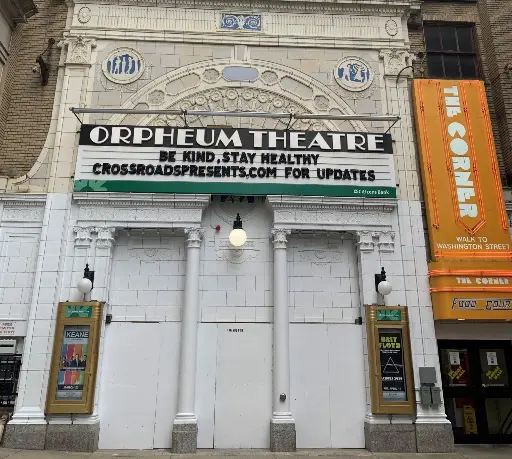Cabot Performing Arts Center
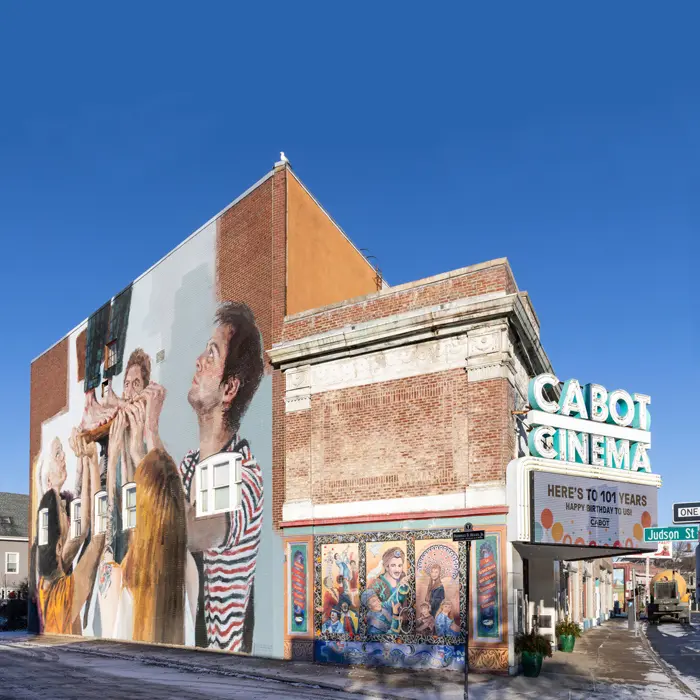
For the first 95 years of its history, the iconic theatre in Beverly, Massachusetts, known simply as “The Cabot” served the local community in a number of ways. At various points, it was a silent-movie palace (featuring an orchestra pit for musical accompaniment), a regular stop for vaudeville acts touring the US, part of the E.M. Loews cinema chain and the home of a long-running, record-setting magic show.
What it was not, until 2015, was a place where pop, rock, blues, folk and jazz artists performed. But Casey Soward, the executive director of the venue since it became a multi-purpose theater that year, says he’s lost count of the number of times incoming artists have insisted they’ve headlined the venue before. “It’s funny,” he says. “People will say, ‘You know, I played this place in 1984,’ and it’s like, uh, no, you didn’t.”
Since its transformation into a music mecca, The Cabot has hosted hundreds of live shows by a multi-genred assortment of artists including Steve Earle, Mavis Staples, Dionne Warwick, David Crosby, Art Garfunkel, Maceo Parker, Los Lobos, Richard Thompson, Blue Öyster Cult, Maceo Parker, The Psychedelic Furs, Pat Benatar, Keb’ Mo’, Donnie Osmond, Lucinda Williams, Joe Satriani, Shawn Colvin, Jefferson Starship and Indigo Girls. Many New England-rooted musicians have taken to the stage, among them Arlo Guthrie, Peter Wolf, Nervous Eaters, Unnatural Axe, Jon Butcher, Mark Erelli, Dar Williams, Ray LaMontagne and Pat Metheny, and in December 2020, during Covid shutdowns, the theatre marked its 100th anniversary with a virtual celebration that included James Taylor and Paula Cole.
OPENING, MARCO THE MAGI, LE GRAND DAVID
Originally known as The Ware when it opened in 1920 (after the two brothers who owned it and oversaw its construction), the venue was renamed the Cabot Cinema in 1960. The theatre’s neoclassical design, lavish proscenium arch and recently refurbished grand lobby certainly do capture the feel of a familiar, if bygone, era. According to the National Trust for Historic Preservation, of the estimated 20,000 such theaters that were built in the US during the Roaring Twenties, only about 250 remain.
In 1976, when its mid-century incarnation as a movie theater began losing its luster, a psychology teacher at nearby Salem State College (now Salem State University) spearheaded a change of ownership. Caesareo Pelaez, a Cuban immigrant who doubled as a magician known as Marco the Magi, installed his troupe, Le Grand David, and set about returning The Cabot to its pre-World War II halcyon days. A few years later, Le Grand David took over the lease on the Larcom Theatre, also in Beverly. By the time of Pelaez’s death in 2012, Le Grand David had been recognized as the longest-running magic show in the world by the Guinness Book of World Records.
AVOIDING DEMOLITION, HENRY BERTOLON, RENOVATIONS
In 2013, when Le Grand David ended its 36-year run at The Cabot, the theater’s owners put the building up for sale since they’d struggled to keep it profitable for a number of years and the building required major updates and repairs. It was saved from potential demolition by local businessman and philanthropist Henry Bertolon, who bought it for $1.2 million; his original plan was to use the space as a movie theatre primarily and host only occasional concerts.
Bertolon rebranded the theatre as the Cabot Performing Arts Center and hired Executive Director Soward, a Cape Cod native who studied production and engineering at Berklee College of Music and was once part of the stage crew at Boston’s Orpheum Theatre. “That was one of my first introductions to these historic theaters,” Soward says. “I was in awe of the grandeur… It’s all in the wood. There’s really a spiritual energy you feel in these theaters and I never forgot.”
But the first several years were not easy, Bertolon told WBUR’s Andrew Shea in in 2016. “It was rough,” he said. “We didn’t know what talent to really book. We had to rent the sound systems. Every time we rented something it took away from any potential profits that we had. But it was really exciting, right, ‘cause we had this place come alive, and we were having these shows and it was fun trying to figure it out, and it was a lot of hard work and we were in here, you know, painting the bathrooms and doing whatever we had to do to just keep the thing band-aided together.”
In 2014, Bertolon invested in new lighting, state-of-the-art sound and digital projection systems, upgraded the stage and raised $250,000 for new seats. In 2015, he sold the venue to a Beverly-based nonprofit, though he remains on the board of trustees.
(by James Sullivan)

